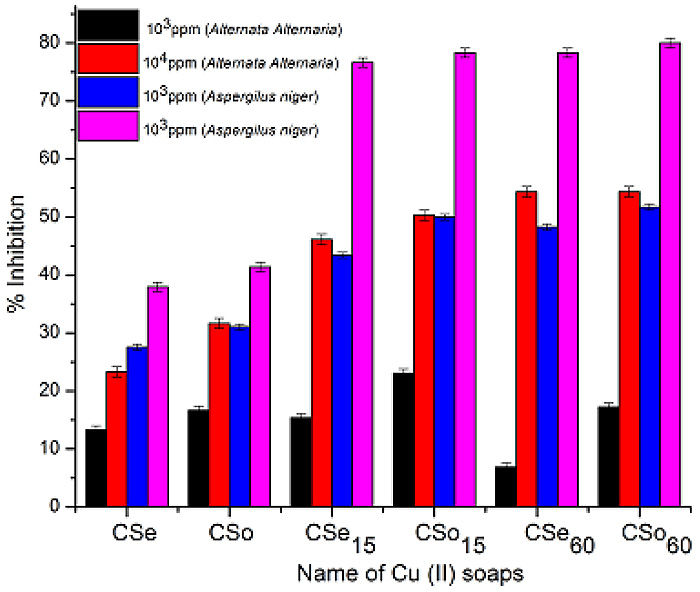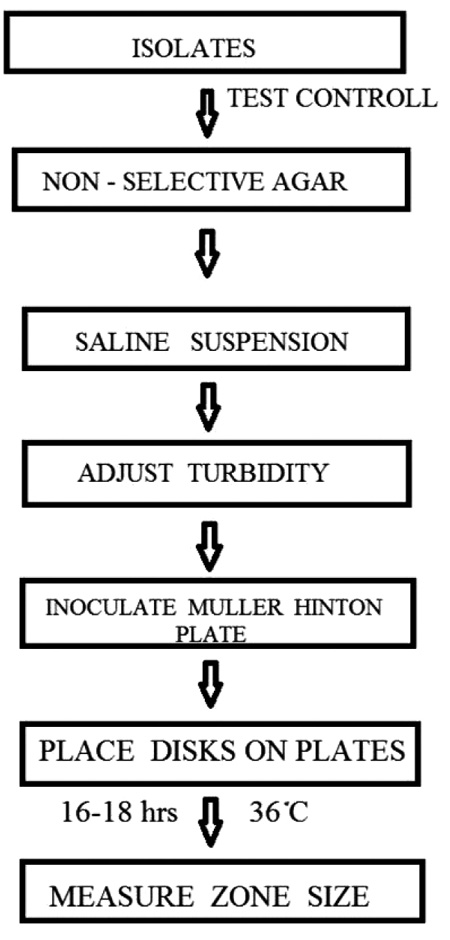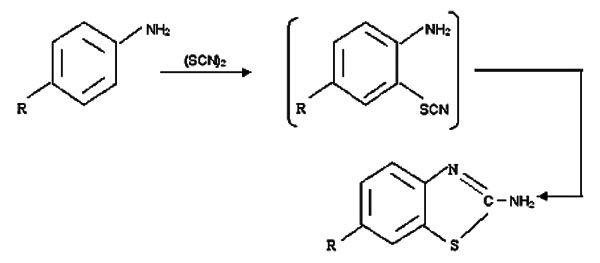RESEARCH ARTICLE
The Effect of Adding Indirect Relationship to Turbo Similarity Searching
Nurul H. A. Hassain Malima, *, Yong Pei-Chiaa, Marwah H. Al-Lailaa, b, Shereena M. Arif c
Article Information
Identifiers and Pagination:
Year: 2016Volume: 3
First Page: 99
Last Page: 116
Publisher Id: PHARMSCI-3-99
DOI: 10.2174/1874844901603010099
Article History:
Received Date: 05/06/2015Revision Received Date: 09/05/2016
Acceptance Date: 11/05/2016
Electronic publication date: 15/06/2016
Collection year: 2016
open-access license: This is an open access article licensed under the terms of the Creative Commons Attribution-Non-Commercial 4.0 International Public License (CC BY-NC 4.0) (https://creativecommons.org/licenses/by-nc/4.0/legalcode), which permits unrestricted, non-commercial use, distribution and reproduction in any medium, provided the work is properly cited.
Abstract
Background:
Turbo Similarity Searching (TSS) has been proved as one of the effective and simple searching method in Cheminformatics. Emerging from the conventional similarity searching, TSS depended on the concept of fusion where relationship between the target being sought and the compound in the database are indirect. Previous works has looked at only one level of indirect relationship and indicates that there are further potential that more levels of such relationship be added to TSS to increase its ability to recover more actives. Hence, in this work, we aimed to investigate the impact of the indirect relationship on TSS.
Method:
This study has further investigated the enhancement of TSS using additional layers of indirect relationship and fusion process. We implemented TSS by adding another layer of fusion between the target and database compound.
Results:
The experiments with MDDR database showed that the proposed new strategy described in this paper provide a way of enhancing the effectiveness of the TSS process in chemical databases. The experiments also showed that the increases in performance are particularly better when the sought actives are structurally diverse.
Conclusion:
We may conclude that the additional layers do increase the recall of TSS. Hence, the new TSS strategy could be used as an alternative to the old TSS.














